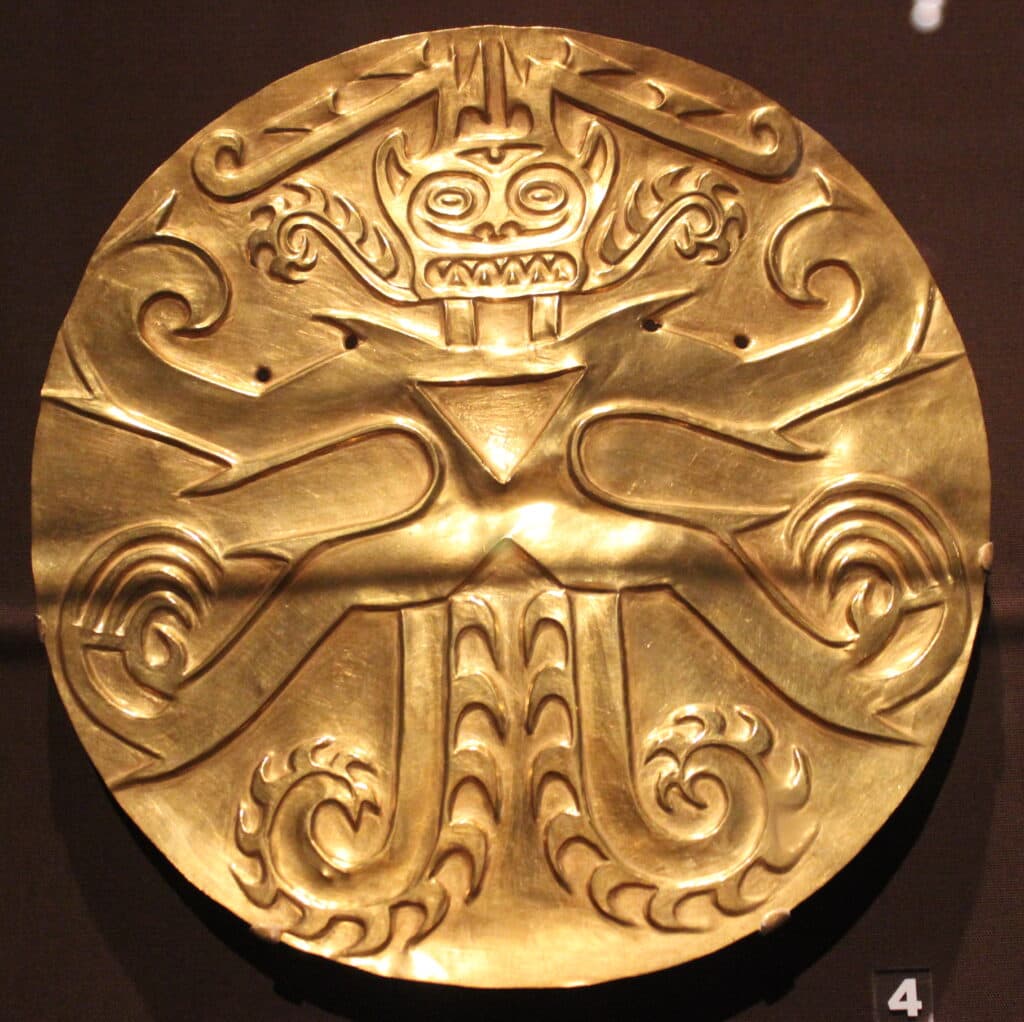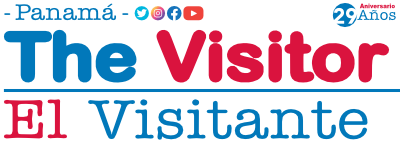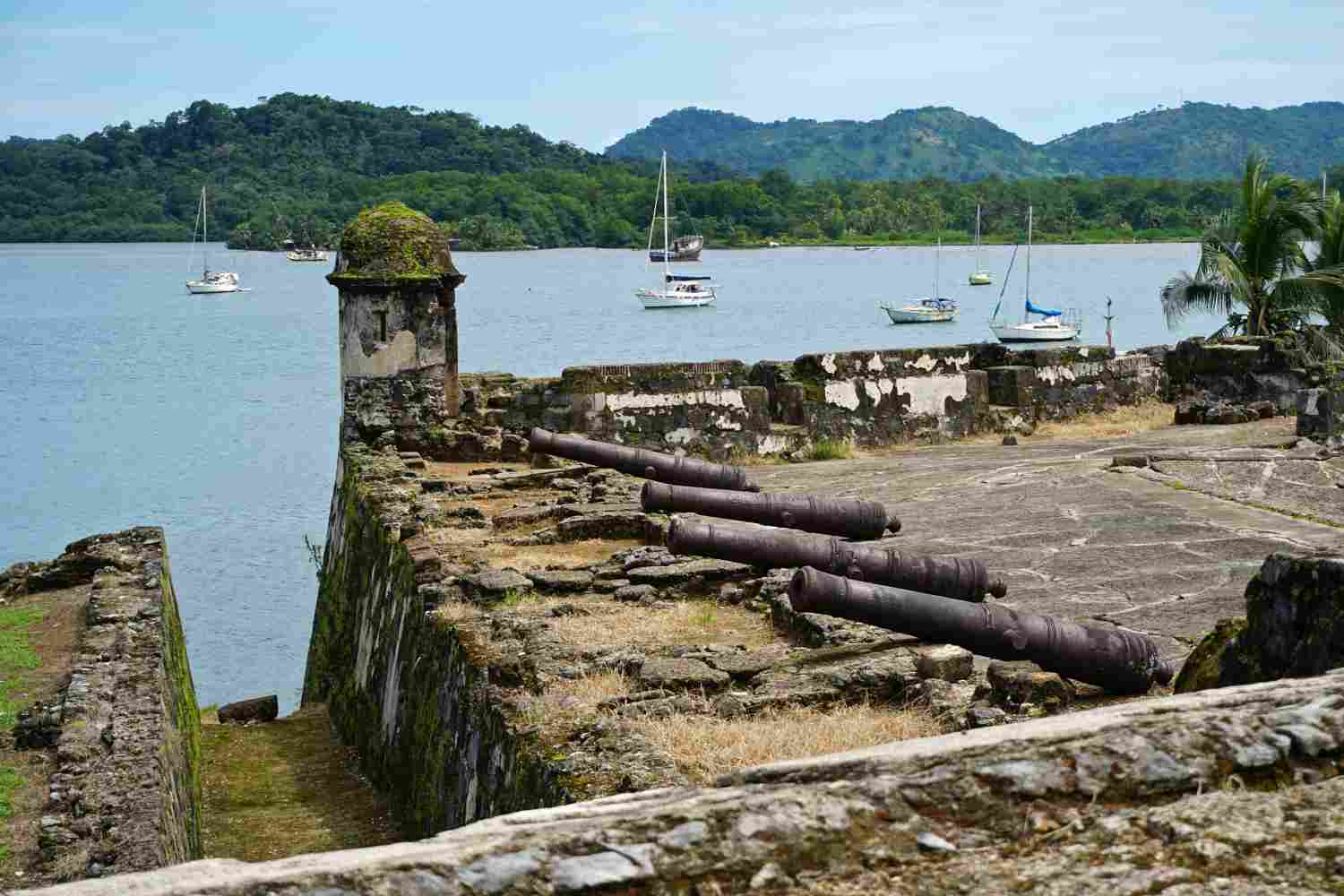The vertiginous growth of our country both economically and socially has focused its attention on current history and western modernity. However, there are many places full of fascinating history that allow the Visitor to go through the different stages of Panamanian history even before the Spanish colony. However, several of these places still do not have the conditions to receive massive visits, although they can be visited by small groups.
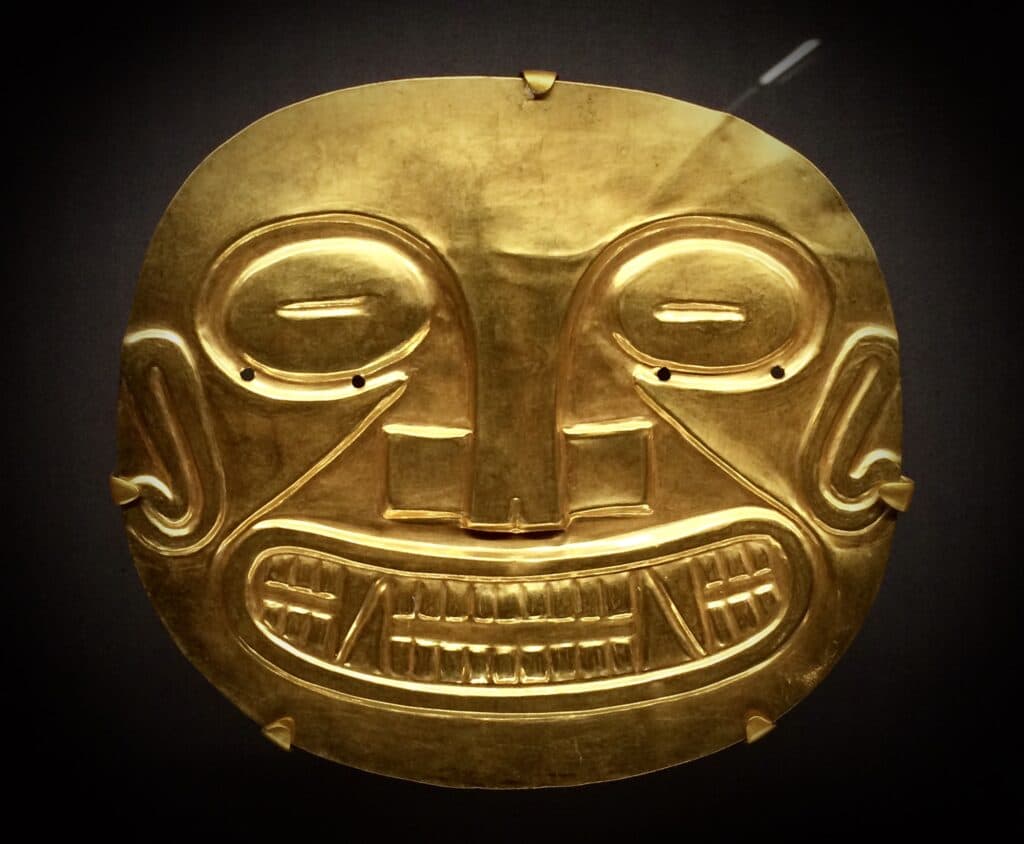
Barriles Site
This Archaeological Site is located five kilometers from Volcan town, Chiriqui Province and was razed by the last eruption of the Baru volcano.
A true open-air museum, the Barriles Culture dates back between 300 and 600 AD, it is considered a pre-Columbian culture of high archaeological, national and international value. However, the first findings date back to 1947.
Here a great variety of figures sculpted in stone have been found. Among the found pieces there are metates, statues of chiefs carried in litters by subjects, petroglyphs or engravings in stones in which a map shows the crater of the Baru Volcano standing out and that extends to Punta Burica, the most western region of Panama as well as lines that identify past human settlements on both sides of the mountain range.
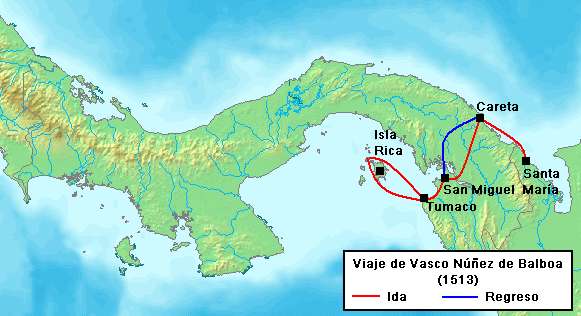
Road to La Negrita in Penonome
Located in the mountainous area coming from Penonome, Cocle Province, it access the sector where Victoriano Lorenzo and his rebel group organized after the defeat at the Calidonia Bridge in 1901 during the war between Conservatives and Liberals in times where the isthmus was part of La Gran Colombia.
In this same area you find the trenches to defend the barracks that the combatants of the Victoriano group once placed.
Today it is a quiet town, but at the beginning of the last century it experienced the intensity of a war that involved thousands of Panamanians who were looking for a society where they could live with more equity and peace.
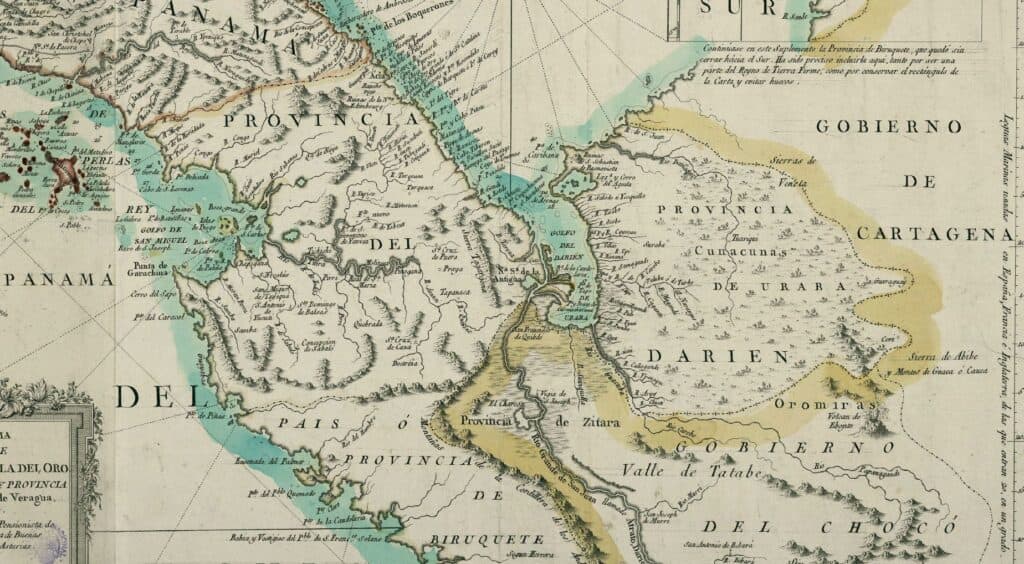
La Palangana Chapel
Not far from the capital’s commercial centers on the North Corridor is an unknown treasure, wrapped in the thick cloak of nature. At an elevation of 10 meters above street level, but like in another world, the ruins of a Spanish colonial settlement suddenly appear. The main building contains niches in the wall that survives it, suggesting that it was a chapel. The field around it is flanked by medium-height stone walls, similar to those found in old Castilla to keep animals or to delimit properties. There are also conical hollows excavated in the ground that could have been used to cook with firewood or to collect water. They are the same ones that are still found along Camino de Cruces.
The Ancient Saint Mary of Darien (Santa María la Antigua de Darién)
It was the capital of the Governorate of Castilla de Oro until 1520, when the population completely moved to Our Lady of the Assumption of Panama (current Panama City) by order of Pedrarias Davila.
Some sources cite Santa Maria la Antigua del Darien as the first city founded by the Spanish on American mainland, constituting the starting point for the conquest and / or discovery of the continent by Europeans like: Francisco Pizarro, Sebastian de Belalcazar, Diego de Almagro, Gonzalo Fernandez de Oviedo and Pedro Arias Davila.
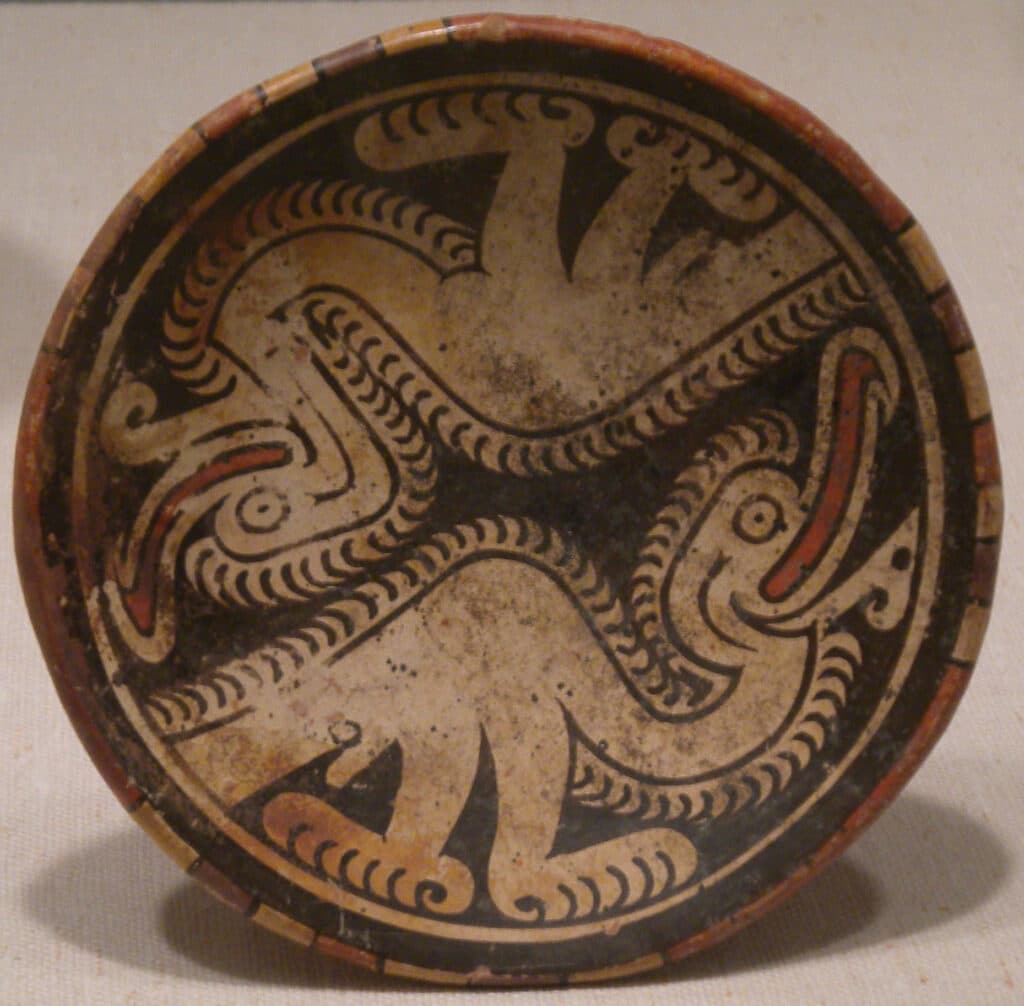
Portobelo
It is located along the Caribbean coast of Panama, at Colon Province on an area known as Costa Arriba (upcoast). During the Spanish colonial era, Portobelo was an important port city where the goods and treasures of the Americas were shipped to Europe. Its forts and emblematic buildings like customs are scattered inside and outside the town.
Conte Site, Cocle
It is an archaeological site located at Cocle Province, near Parita Bay. It can be described as a necropolis and a “paradigm of a hierarchical or chief society”. Based on dates of gold and ceramic works found at the site, it is calculated that its population lived there between 450-900 AD. Since the site has remained intact since the last excavations in 1940, its mortuary ruins are considered a critical resource for archaeologists, as they contribute to the interpretation of the region’s social dynamics between 500-1500 AD.
Rediscover Panamanian history to value our roots much more and when we return to the new normality, we will enjoy our country to the fullest.
